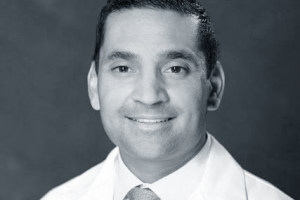ADVANCE Chest CT 

Your comprehensive chest CT guide
Evaluating chest CTs can be a complex and time-consuming process. So we’ve packed contextflow ADVANCE Chest CT with qualitative and quantitative insights to help you objectively report on suspected lung cancer, ILD, and COPD cases. Over time. From within your native viewer.
DETECT / Nodule Detection
Features
- Detection & quantification of nodules (4-30mm diameter) from within your native viewer.
- Nodule classification (solid, part-solid, non-solid)
- We detect and measure nodules in accordance with the following guidelines:
- British Thoracic Society guidelines for the investigation and management of pulmonary nodules
- European Union Position Statement on Lung Cancer Screening
- Guidelines for Management of Incidental Pulmonary Nodules Detected on CT Images: From the Fleischner Society 2017
- International Early Lung Cancer Action Program: Screening Protocol, 2021
- Lung-RADS Version 1.1 2019
- Response Evaluation Criteria in Solid Tumors (RECIST)
- For USA only: the DETECT feature is currently under development as a standalone product – not yet cleared for clinical use.
TIMELINE / Nodule Tracking
Features
- Tracks changes in detected nodules over time, regardless of the number of priors
- Indicates growth percentage and volume doubling time
- Helps to prepare for tumor boards and multidisciplinary board meetings
- TIMELINE is currently only available for nodule tracking. Tracking of disease patterns over time is coming in 2023.
INSIGHTS / Lung Tissue Analysis
Features
- Anomaly heatmaps indicating overall distribution of disease patterns
- Quantification of total lung volume affected by disease patterns
- Quantification & individual heatmaps for 7 key image findings:
- Consolidation
- Effusion
- Emphysema
- Ground-glass opacity
- Honeycombing
- Pneumothorax
- Reticular Pattern
mSI / Nodule Malignancy Scoring

- Nodule characterization from partner RevealDx
- Compares selected nodules against a clinical database of nodules with known outcomes to assist clinicians’ assessment of patients’ cancer risk.
- Proven to reduce false positives and flag at-risk patients sooner:
- 18% reduction in false positives*
- 45% increase in early diagnosis possible*
SEARCH / 3D Image Search
Features
- Detection & analysis of 19 image patterns
- Airway wall thickening
- Atelectasis
- Bronchiectasis
- Bulla
- Consolidation
- Cyst
- Effusion
- Emphysema
- Ground-glass opacity
- Honeycombing
- Mass
- Mosaic attenuation pattern
- Nodular pattern
- Nodule
- Pneumothorax
- Pulmonary cavity
- Reticular pattern
- Tree-in-bud
- Unremarkable: includes patterns with no evidence of pathological changes and currently not explicitly incorporated
- Links to differential diagnosis literature
- Retrieval of similar cases to yours from a curated knowledge base
- Validated average report reading time savings 31%











